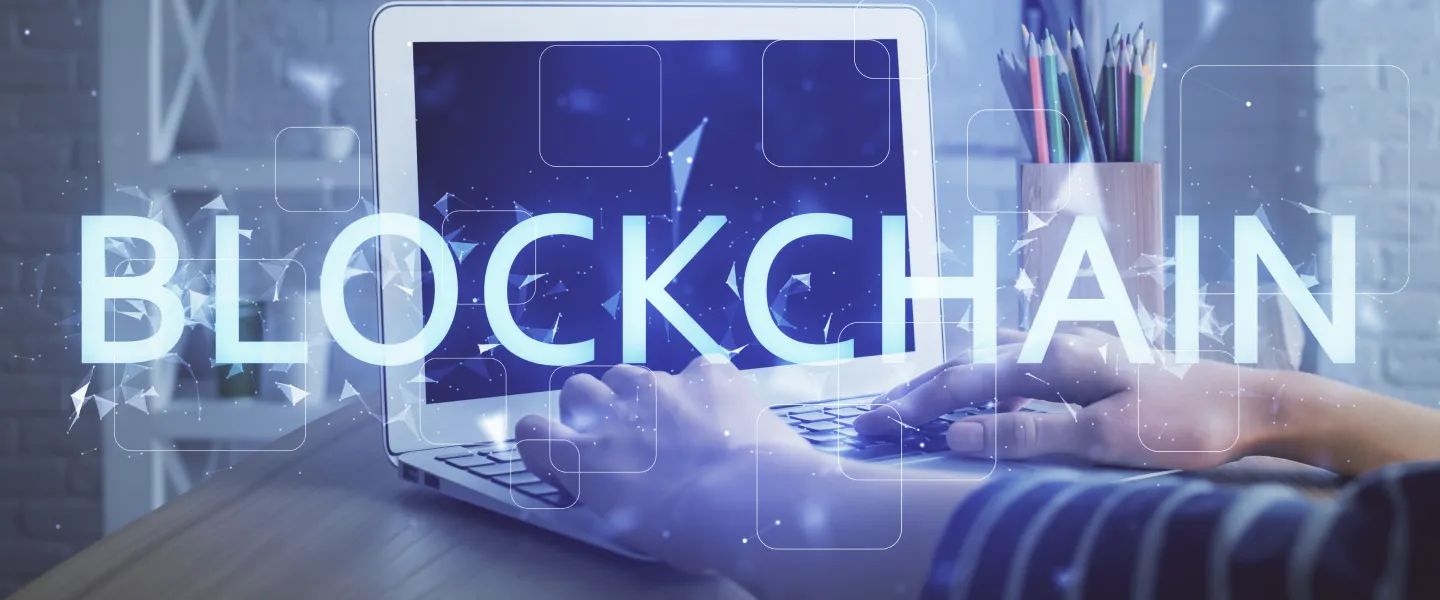Digital public goods, such as open-source software, IT models, and standards, are the backbone of our digital infrastructure. Blockchain technology, with its potential to provide a robust shared database structure for data sharing across IT networks, could revolutionize how we operate these public IT goods.
This blog will discuss how blockchain technology can support digital public goods and some global use cases. We will also discuss a use case of such empowerment in India and how such integration in digital public infrastructure outshines the education sector.
How Does Blockchain Technology Help Digital Public Goods?
A Blockchain database stores data in blocks linked together in a chain via cryptography. Information is recorded in a block; when the block is full, it is chained to the rest of the blocks in the database, and an empty block is added to the end of the chain.
Each block in a blockchain consists of three main components:
Metadata (such as a timestamp containing a random number used in the mining process and the previous block's hash).
The data section contains actual information (like transactions and smart contracts).
The hash (a unique cryptographic value that represents the entire block).
The crucial property of blockchain databases is that they can be either centralized or decentralized. It is important to note that a blockchain is inherently distributed, and many parties hold copies of it, but it is not inherently decentralized.
The decentralised blockchain technology (when chosen) allows transparent information sharing within a network. It is immutable, which means that the data entered is irreversible. That is, the data here are permanently recorded and can be viewed by anyone.
Integrating blockchain technology into Digital Public Goods makes it impossible or difficult for the public digital system to be changed without a trace. Hence, digital public goods will be hard for anyone to hack or manipulate for selfish reasons. It works as a distributed database/ ledger that duplicates and distributes transactions across the network of computers participating in the Blockchain. The database/ ledger will be open to the public, allowing everyone to join the network, transact, and participate in the consensus process. All transactions will be publicly recorded to be transparent.
Also, such integration offers automation to digital goods, where programs generate systematic actions, events, and payments automatically when the trigger criteria are met.
Blockchain Integration Into Public Digital Goods - Use Cases
Blockchain technology is not just a theoretical concept. It has already been successfully integrated into several countries' digital public goods infrastructure, leading to significant improvements. Let's explore some of these real-world success stories:
- Estonia is known as the world’s blockchain capital. Since 2012, Estonia has been using blockchain infrastructure to enforce the integrity of government data and public systems. It has been used in production to protect national data, e-services, and smart devices in the public sector. Here, blockchain offers verified processing of all e-governance services offered to the public.
- China launched its national-level initiative, Blockchain-based Service Network (BSN), two years ago. It utilizes blockchain technology to verify the real-name identities of its 1.4 billion citizens.
- Britain launched the National Digital Twin Programme (NDTp) in 2018 using Blockchain. The Centre for Digital Built Britain is running the program (NDTp) to foster national capability in digital twinning; that is, the government, the broader public sector, and other organizations provide services and test decisions before they are implemented for public benefit.
Scope for India - Blockchain Integrated Into DPG
The definitive start to India’s experiment with digital public goods can be attributed to the approach taken by its government for the Aadhaar implementation, launched in January 2009. This initiative issued easily verifiable digital identities to over 1.38 billion citizens. Building on its success, the government again proved its digital expertise by developing a Unified Payments System (UPI) for seamless financial transactions that served as a beacon for the digital economy. Other examples of digital public services include document storage (DigiLocker) and subsidy transfer (JAM).
The government of India is keen on integrating blockchain technology into digital public goods, as evident from the release of the “National Strategy on Blockchain” by the Ministry of Electronics and Information Technology in December 2021. The government is deploying blockchain technology for land registration, issuing digital certificates, and customs duty payments. One such example is the Transformation of land mutation records in West Bengal.
West Bengal’s New Town Kolkata Development Authority has partnered with the Web3 middleware SaaS platform to introduce blockchain-based software (DPG) for tracking and recording land mutation.
Education Sector India
In the education field, DIKSHA (Digital Infrastructure for Knowledge Sharing) is a national platform for school education. The initiative is taken by the National Council for Educational Research and Training (NCERT), under the aegis of the Government of India, to run educational programs for the public—teachers, learners, and administrators—under one digital platform.
Innoraft has also started working with an NGO named Indus Action to build a digital public good for the states of India on the Right to Education—MIS (Management Information Systems). With the belief in improving society, Innoraft is assisting the organisation in combining business and computing to digitize work and manage an increasingly remote workforce.
Conclusion
Blockchain technology integrated into digital public goods can revolutionize how we interact with digitization. It enhances transparency, security, and decentralization. Moreover, blockchain technology's decentralized nature ensures digital goods are accessible to their audience without intermediaries. It encourages participation in developing and maintaining digital public goods while remaining tamper-proof and building trust among users and stakeholders.
